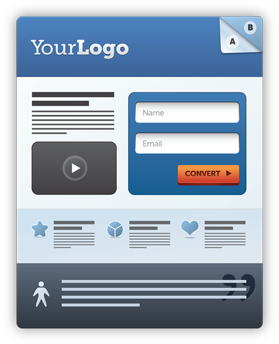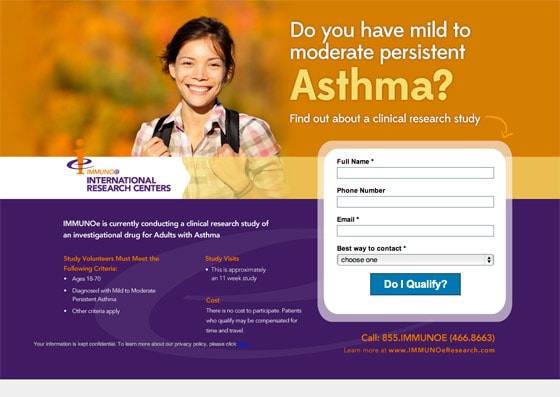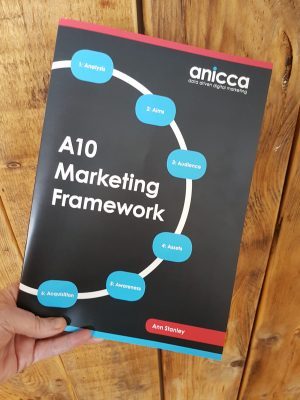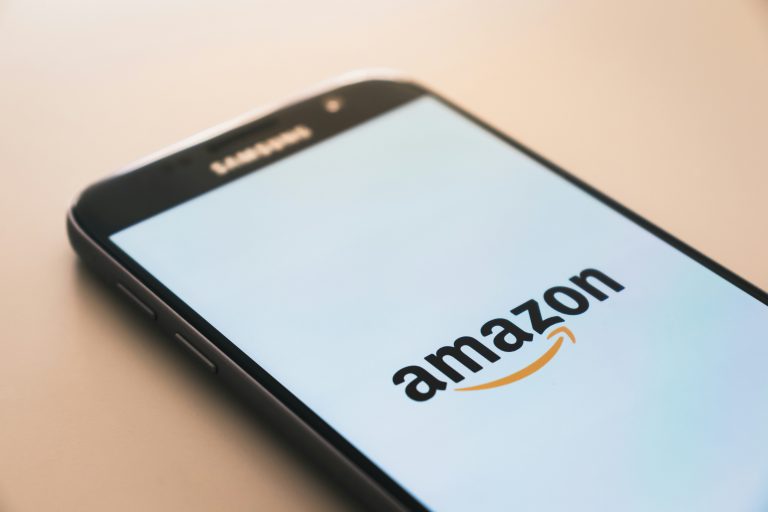The Importance of a Good Landing Page
So you’ve gone through the strenuous process of trying to get people to visit your site; you’ve done your Pay Per Click and your Search Engine Optimisation, but as soon as people come to your site they’re leaving before you know it – why is this?
Well the answer lies with the page they land on.

A poor landing page, despite having the best PPC and SEO experts driving targeted traffic to it, will always have an adverse effect. Therefore in this blog we’re going to discuss some of the important aspects to achieving a good landing page.
First, lets cover the subject matter of why a poor landing page can be so detrimental. The primary and the most obvious reason is that people will bounce (leave the site), we do not want people to be bouncing until they have achieved the website’s objective – be it a purchase, a sign-up or an enquiry. Common reasons for high bounce rates are:
Slow page load times
If your website takes too long to load, people will become impatient (sometimes a failure to load up within the first ten seconds is enough of an off-put). You are competing with other websites so if your website takes ages to load visitors will simply go elsewhere.
An ugly website does not receive any love
It may seem harsh but its true, people are not very keen on a website which is ‘ugly’. If your site is cluttered (or even too bare and simplistic), the colour scheme is off putting and the information is too burdening then you, unfortunately, have an ugly website. It is important to treat the landing page as a person you’ve just met for the first time – in the sense that first impressions matter. Those crucial first few seconds a visitor spends on your site is spent analysing your content and context – make it presentable and relevant.
Failure to promote your site objectives
Websites will have different objectives; e-commerce sites want to promote sales, other sites want to promote enquiries, sign ups and so on. Whatever your site’s objective it is important that these objectives are being pushed properly. You should aim to avoid long-winded procedures such as having a long checkout process or asking for too much information on a enquiry/contact form. Keep it direct, keep it simple. The longer you make the checkout process the greater the chance people will dropout of it. Too many field requirements in a form will result in lower form completions – get the basic essentials to follow up an enquiry then ask for additional information later on.
Now that some of the basics are covered, its important to know how to improve a landing page – keeping your visitors engaged for longer, and turning a single one-off visit into a repeat visit.
The first aspect of this is to ensure your load time is good – even with a good landing page, slow load times will be enough to put off some visitors.
Test your landing pages
There may be a landing page which is better than another, test it out. In the Anicca PPC team we often do A/B testing to see which landing page is better for conversions – once you see a clear winner go and look at your landing pages and ask why one is out-performing the other. To assist you in this decision you can use the In-Page Analytics tool on Google Analytics. This tool basically shows you what is being clicked on by visitors to your site, it helps identify what aspects of your page are working well and which are not.
A key term when creating a landing page is relevancy. Make sure your page is relevant to the user, this is especially important from a PPC / SEO point of view. You do not want people to be clicking an ad for mountain bikes (for example) and landing on a page which is not selling mountain bikes. In PPC, the landing page is a contributing factor towards your Quality Score; the higher your Quality Score, the less you’ll have to pay for clicks. Therefore a good landing page has the potential to save money as well as make it! The more specific a page, the higher the chances of creating a conversion, this is why the home page is not always the best page to land on, unfortunately many website owners seem to think that the homepage is the best page all the time.
Information is crucial
Do not overload your visitors with too much information, if they need extra information then give that option (using navigation bars/menus to different web pages with more information on them) but do not force too much text upon people at the initial stage, i.e. when they first land on a page. Also not all information has to be text, it can be images and video. In fact using different of information/content types will most likely help achieve your website’s objectives in the sense that people are more engaged by such graphic inputs. In addition to this remember to promote your unique selling point straight away! Most users will not bother scrolling down the page if the top half does not include the information they’re looking for – so be straight to the point!
I would suggest using brief, but straight to the point, information alongside your ‘objective achieving piece’ (i.e. your form or cart) so that users are being clearly directed towards what you want them to do. Here’s a good example:

The page is straight to the point. The information is minimal but covers the essentials. The colour scheme works well to advertise different aspects of the landing page and most crucial is the fact that its objective-achieving piece (the form) is clear to see, simple to complete and it attracts users towards it.
In conclusion: a good landing page is relevant, straight to the point and pushes people towards completing website objectives.
Competition online is always on the up so its important and imperative that you have a good landing page to capture a positive first impression, otherwise you may end up with a crash-landing page!
If you need help or advice on landing page optimisation, or any other aspect of Pay Per Click, contact our PPC team today on 0116 298 7496 or fill in our contact form.




